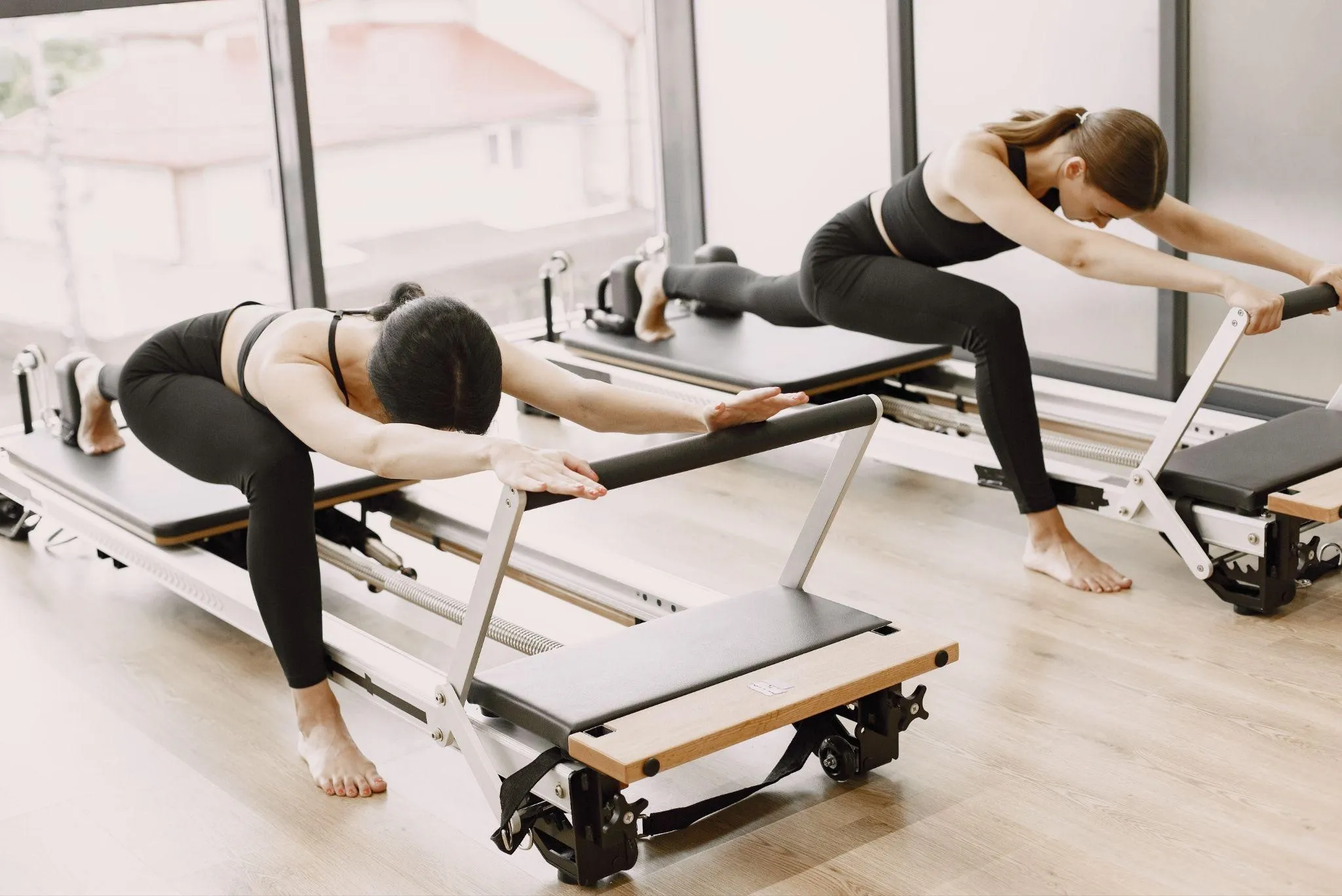In recent years, Pilates has gained popularity as a low-impact exercise regimen that not only promotes flexibility and core strength but also has been touted as a potential method for weight loss. As obesity rates continue to climb and the quest for effective weight loss solutions becomes increasingly urgent, many fitness enthusiasts and novices alike are turning to Pilates. The question that lingers for many is: does Pilates help you lose weight? This article will delve into the science and practicality of Pilates as a weight loss tool, the benefits of incorporating it into a fitness regime, and how it compares to other forms of exercise in terms of shedding pounds.

Understanding Pilates
Developed by Joseph Pilates in the early 20th century, Pilates was initially designed as a method of rehabilitation for injured dancers and athletes. The system focuses on controlled movements, emphasizing core strength, alignment, and flexibility. It uniquely combines elements of yoga, ballet, and calisthenics to create a dynamic workout that engages multiple muscle groups.
Pilates can be practiced on both a mat and specialized equipment, such as the Reformer. The workout is often performed in sessions led by certified instructors or through personal practice. Due to its low-impact nature, Pilates is accessible to individuals of all fitness levels, including those recovering from injuries or with chronic pain conditions.
The Mechanics of Weight Loss
To understand if Pilates can help with weight loss, it’s essential to grasp the fundamental principles of losing weight. Weight loss typically occurs when the number of calories burned exceeds the number of calories consumed. This energy deficit forces the body to utilize its fat reserves for fuel, leading to weight reduction over time.
Factors influencing weight loss include:
- Caloric Intake: The types and quantities of food consumed.
- Exercise Type: Different exercises have varying impacts on calorie expenditure.
- Metabolism: Each person’s metabolic rate plays a crucial role in how they burn calories.
- Hormones and Lifestyle: Stress, sleep, and hormones can all affect weight loss.
Caloric Burn in Pilates
The next critical aspect is the number of calories burned during a Pilates session. While Pilates is often categorized as a moderate-intensity workout, the actual caloric expenditure varies based on several factors:
- Intensity of Practice: A more vigorous Pilates session, such as those performed on a Reformer, can burn more calories than a relaxed mat session.
- Body Weight: Heavier individuals typically burn more calories during exercise compared to those who weigh less.
- Duration of the Session: Longer sessions generally result in higher caloric burn.
Generally, a 55-minute session of Pilates can burn anywhere from 200 to 400 calories, depending on these factors. This is comparatively lower than high-intensity workouts like running or HIIT (High-Intensity Interval Training). However, the focus on muscle engagement means participants may still experience increased calorie burn post-exercise due to an elevated metabolism.
Benefits of Pilates for Weight Loss
1. Core Strength and Muscle Tone
One of the primary benefits of Pilates is its emphasis on core stability and strength. A strong core not only improves posture and balance but also supports better movements during everyday activities and other exercises. This enhanced functional fitness can lead to more effective and safer workouts in various settings, including cardiovascular activities that support fat loss.
2. Increased Flexibility
Improved flexibility is an often-overlooked advantage of Pilates. Increased flexibility allows for a greater range of motion, making other forms of exercise easier and safer. Being more flexible can encourage participants to engage in higher-intensity workouts, which may lead to greater caloric expenditure.
3. Improved Posture
Many individuals struggle with postural issues due to sedentary lifestyles. Pilates encourages awareness of body alignment, which can contribute to better mechanics in daily activities and workouts. By improving posture, individuals may experience less discomfort and more efficient movement patterns, further enhancing their overall fitness levels and promoting adherence to an active lifestyle.
4. Mind-Body Connection
Pilates inherently promotes mindfulness and body awareness, helping practitioners connect with their physical and mental states. This connection can lead to more informed eating choices and lifestyle modifications that support weight loss goals. Individuals who engage in mindful movement are often more aware of their bodies’ hunger and satiety signals, leading to healthier eating behaviors.
5. Low Impact and High Adherence
One of the standout features of Pilates is its low-impact nature. This makes it accessible to a broader range of individuals, including those who may be deterred by high-impact exercises. Because it is approachable and manageable, many find they can adhere to a consistent Pilates practice well over the longer term—a vital factor in achieving sustainable weight loss.
Integrating Pilates with Other Workouts
For those serious about weight loss, it is essential to perceive Pilates as a complement to, rather than a replacement for, more intense cardiovascular or strength training workouts. Combining Pilates with high-intensity exercises or aerobic activities can create a more balanced fitness routine. High-intensity workouts, such as running, cycling, or circuit training, burn more calories in less time, while Pilates can contribute to muscle toning and flexibility.
Sample Weekly Workout Routine
To incorporate Pilates effectively into a weight loss plan, one might consider the following weekly workout schedule:
- Monday: 30 minutes of high-intensity cardio (running or cycling) + 30 minutes of Pilates (focusing on core exercises)
- Tuesday: Strength training (body weight or weights) for 45 minutes
- Wednesday: 60 minutes of Pilates (using a Reformer for variety)
- Thursday: 30 minutes of high-intensity interval training (HIIT)
- Friday: 30 minutes of moderate cardio (swimming or brisk walking) + 30 minutes of Pilates (focusing on flexibility)
- Saturday: Active recovery (yoga, walking, or light Pilates)
- Sunday: Rest or light activity
The above routine mixes high caloric burn from cardiovascular and strength workouts with the benefits of Pilates, allowing for a holistic fitness approach that addresses multiple facets of health.
Nutrition and Lifestyle Factors
While Pilates and exercise play a critical role in weight loss, they must be paired with good dietary choices for optimal results. A sustainable, balanced diet that includes lean proteins, whole grains, healthy fats, and plenty of fruits and vegetables can enhance weight loss. Monitoring portion sizes and being mindful of caloric intake is also essential.
Additionally, lifestyle factors such as sleep, stress management, and hydration are influential. Chronic stress can lead to hormonal imbalances that hinder weight loss, while adequate sleep is vital for muscle recovery, metabolism, and overall health.
Conclusion
While Pilates may not burn as many calories during a workout compared to more vigorous activities, it offers numerous benefits that are advantageous for weight loss. Its focus on core strength, flexibility, and mindful movement can complement a well-rounded fitness regimen, enhancing overall body composition over time.
By incorporating Pilates alongside more intense exercises and pairing it with sound nutrition and mindful lifestyle choices, individuals can create a sustainable weight loss journey that promotes long-term health and fitness. Ultimately, participants should find joy in movement. If Pilates invites them to engage more frequently with physical activity, it can undoubtedly be a valuable partner in the quest for weight loss.
In conclusion, Pilates can play an essential role in a balanced approach to weight loss, fostering not only physical changes but also a deeper connection with one’s body, mind, and overall well-being.


